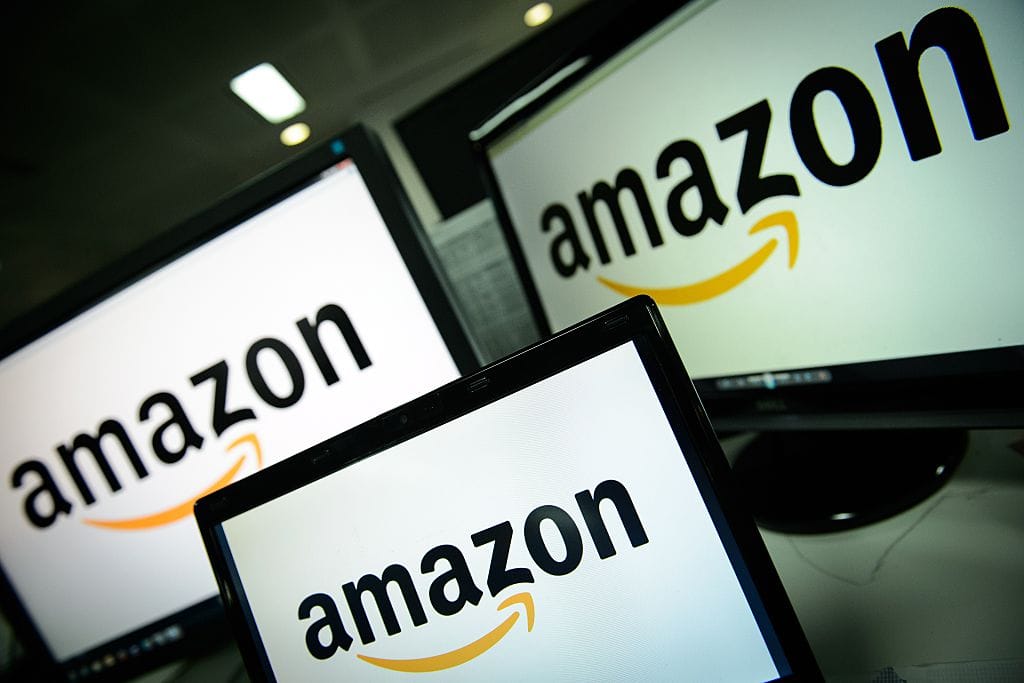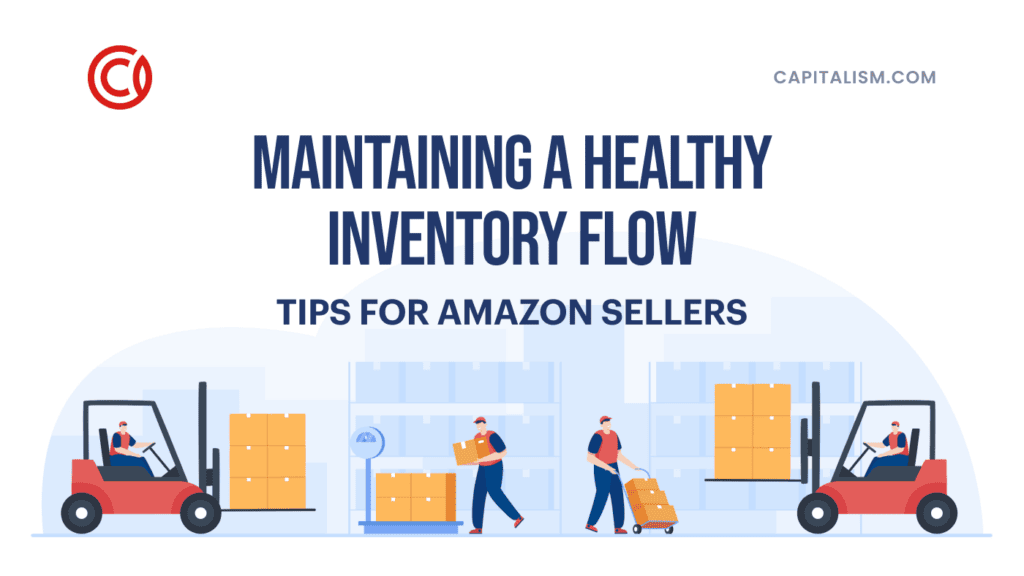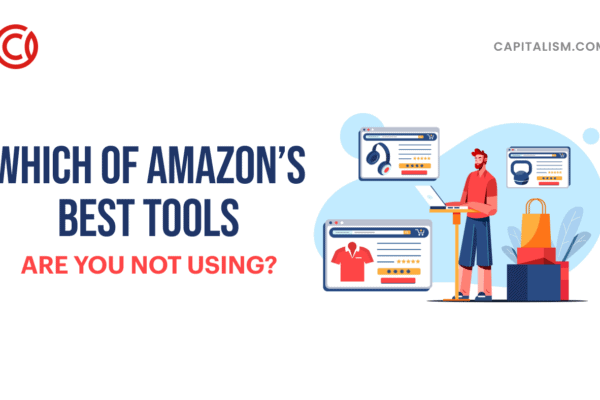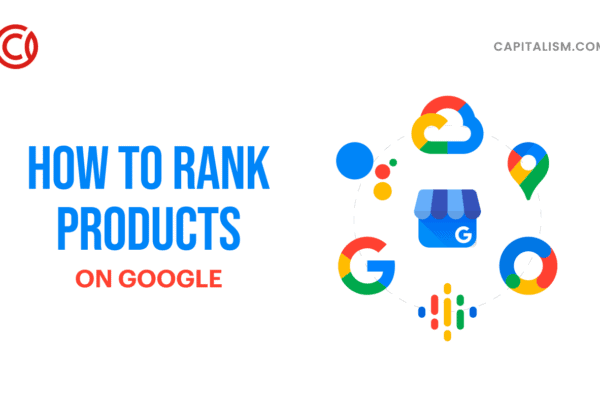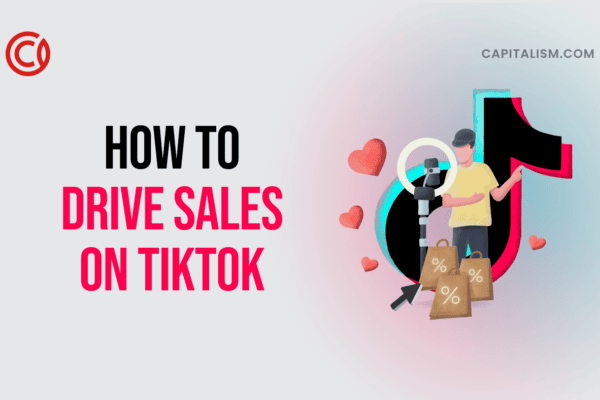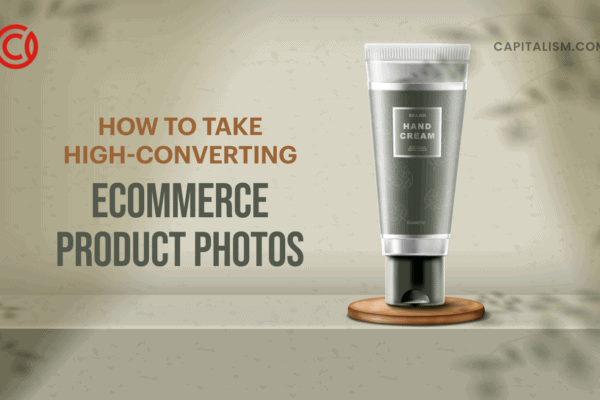As with any retail business, dealing with competing sellers on Amazon is part of the game. The more popular your products, the more of a challenge competition will be. The simple fact that you struggle with how to compete with other sellers on Amazon can even be seen as a positive—you have competition because there’s a strong market for your product.
Beating your Amazon competitors, unfortunately, isn’t always a matter of just having the best product. Most of us have seen great products fail while inferior products thrive. If you’re old enough you might remember the VHS vs Betamax battle in the ‘80s. While Beta was widely acknowledged to be the superior technology, it was VHS that became the standard. There have been countless similar examples throughout history, and there are undoubtedly examples of great products on Amazon today that are outsold by subpar competitors.
It’s not enough to have a better product. The quality of your widget is only one piece of a much larger puzzle. To beat other online retailers on Amazon’s marketplace requires mastering the game as a whole.

Amazon sellers don’t always play fair
Competition in business is good for everyone. It benefits consumers as brands battle for consumer dollars by producing better products, offering them for lower prices, or giving more value for the same price. It benefits the companies themselves, too, as they struggle to get (or stay) on top, forcing everyone in the market to perform at a higher level, driving higher profits for every business that can keep up the pace.
Unfortunately, whenever there’s competition there will always be those who are willing to bend the rules in order to win. Being aware of the more underhanded tactics used by some of your ethically-challenged adversaries can help you to defend against them.
Fake reviews
We all know this happens. Amazon knows too, of course, and continually works to thwart such efforts, as the scammers continue to try to outsmart them. As an honest vendor, part of your job is to be on the lookout for these fakes and to report them when you spot them.
Unfortunately, their tactics have become a bit more sophisticated over the years. It is not just a matter of paying people in India or the Philippines to write up dishonest reviews anymore, although this certainly goes on. These days, “repurposing” an old listing that already has great reviews by changing its image and description is a popular variant of this old ploy.
The good news about this tactic for those of us operating above-board is that it’s relatively easy to spot, if you’re paying attention. Reading through the reviews, you’ll usually notice very quickly that most of them are not for the product being advertised.
Another trick to watch for is fake reviews on your products. In addition to posting bad reviews, dishonest competitors may post obviously fake positive reviews on the products they’re hoping to outsell, in hopes that Amazon will spot them and penalize the innocent, ethical seller who appears to be the one cheating. If you spot these yourself, it’s smart to report them, before Amazon sees them and you get the blame.
Fake searches
This one is a bit tougher to spot. To rank product listings, we know that two of the things Amazon’s algorithm looks at are searches and clicks. Some will take advantage of this by hiring people to search for their product keywords, over and over again, clicking mostly the scammer’s own product. Typically they will try to appear natural by occasionally clicking a different listing, but will always favor their own.
As with most such tricks, Amazon is aware of it and working to combat it. It might be a challenge for you to find evidence that it is happening, so while it’s a good thing to be aware of, it might not be easy for you to battle it directly.
Battling legit Amazon sellers
The cheats and scammers will always be around and of course it’s in your interest to report them whenever you can. Fortunately, the majority of your Amazon competitors are honest businesspeople just like you. Still, they are your competition and you must compete.
Be the premium brand
To win against your Amazon competition, avoid competing on price. Rather than try to undersell your rivals, a better strategy is to price your products higher.
This isn’t to imply that a higher price will in-and-of itself give you an edge. It’s a matter of perception. Price will always matter, and all things being equal people will choose the lower price. All things are never equal, though, and consumers are happy to pay more for a product they believe to be superior.
Having a higher price can add to the perception of higher value, and for most products the lowest priced options are seen as being cheap and of low quality. It is only one factor, though, and should be used in conjunction with other strategies to ensure that your brand is seen as the better value and worth its premium price.

Give them more for their money
One way to increase both the perceived and the actual value of your products is by including something extra. Think of the things a user of your product is likely to also need, and include one or more as accessories. This will help your listing to stand out, and if you choose the right add-ons you’ll more than make up the extra cost with your increased price and higher sales volume.
A great way to find accessories to bundle with your product is to look at the “Frequently bought together” suggestions that Amazon gives with your and/or your competitor’s product.
Another way of giving more value is to actually provide a better product. Analyze your competitors—look at their worst reviews to see where you can do better. In particular, look for common complaints. If most of the negative reviews mention a specific problem, that is a problem you should work to solve. Be sure to mention that in your product description, too.
Highlight your advantages
We discussed looking for problems with your competitors’ products and solving them in yours. Along those lines, in your product description be sure to highlight what makes your product better. For example, if you see reviews for your top competitor complaining about a lack of durability, emphasize how long your product lasts.
Whether you went out of your way to fix the issues your competitors have, or if your product didn’t have those problems to begin with, you want Amazon shoppers to know that they won’t experience the same problems when purchasing from you. The biggest challenges you’ve overcome should even be mentioned in the headline.
Your product photos matter
A good impression starts with the visuals, and that means having great photos. Unless you have experience as a professional photographer, pay someone who does. It is worth the expense. Your listing will catch the customers’ eyes and your product will immediately be seen as the higher-end item compared to those with low-quality photos.
Pay attention to your packaging
When your customer opens that Amazon package and first lays eyes on your product, what is that initial impression? The way your product is packaged is a large part of the experience of the product. Premium packaging gives the impression of a premium product before the customer even sees the contents of that package. Conversely, if you use plain, generic packaging, your customers get the impression of a run-of-the-mill product before they open the box.
The customers themselves might not even recognize that their impression was influenced by the packaging. And that makes a negative experience even more damaging—the customer just sees it as a cheap product without ever realizing why. At least if they recognize the reason for that impression, they can also recognize that the product quality is higher than the packaging led them to believe. Providing a premium “unboxing” experience eliminates this negative.
Give them options
This one can work for or against you, so use it carefully. Sometimes, too many options overwhelm the consumer. However, if customers are looking for a variation of a product that your competitors don’t offer, this is an opportunity for you to differentiate. Again, your competitors’ reviews are the first place to look to find out what people want. Look at the questions, too, as you’ll often see people asking if other options will be available in the future.
Color is one of the most obvious options to consider. Others could include size, finish, material, flavor, scent... the type of product will determine what options or variations you’ll make available, so consider these ideas to get your mind working.
A good rule-of-thumb is to limit variations to about 3-5. More than that and customers could experience “analysis paralysis.” This isn’t a hard-and-fast rule, though, and the best way to determine what works is to test.
Boost sales with Sponsored Ads
A premium product can only beat the Amazon competition if consumers know it exists. Especially if yours is a newer brand or a newer product, showing up in the Amazon search organically is a challenge, particularly in a competitive niche. Running Sponsored Ads is arguably the fastest way to get your listing to appear alongside those of your competition.
The ads will get your product seen, but more importantly will get you sales quickly. That leads to getting reviews, and if you’ve done a good job of creating a high-value, premium product, your reviews will reflect that. This leads to a better BSR, and ultimately to increased organic reach.
You’ll also gather useful data from your ads. Your sales will tell you which keywords lead to sales and which don’t. This lets you refine your targeting, getting progressively better performance from those ads over time.
Build your own website
This suggestion is less obvious, as it takes place outside of Amazon’s marketplace. It is, however, an important component to building a strong brand. It is hard to imagine a successful business without a website of its own.
Even though your website might not be the primary place your products are sold, it does improve the impression consumers will have of your brand, so long as it is done well. A cheap or poorly-designed site, though, could have the opposite effect. While you don’t necessarily need to spend thousands of dollars, you should hire a good designer to ensure a quality experience for your site’s visitors.
Having a brand website outside of Amazon has a number of advantages. It gives you a place to tell your story. You can host a blog, which is great for SEO and creating shareable content for social media. You can provide much more detail about your products and your company than you are able to on Amazon. It shows customers that yours is a legitimate brand and not just another here-today-gone-tomorrow reseller. And it’s a requirement if you want to apply for Amazon Brand Registry.
Successful businesses don’t fear competition. For many entrepreneurs, it’s a large part of what motivates them. Regardless, no business can succeed without facing competitors. Amazon’s platform provides an unprecedented level of opportunity for building successful brands; rising to the top means playing the game to win.
